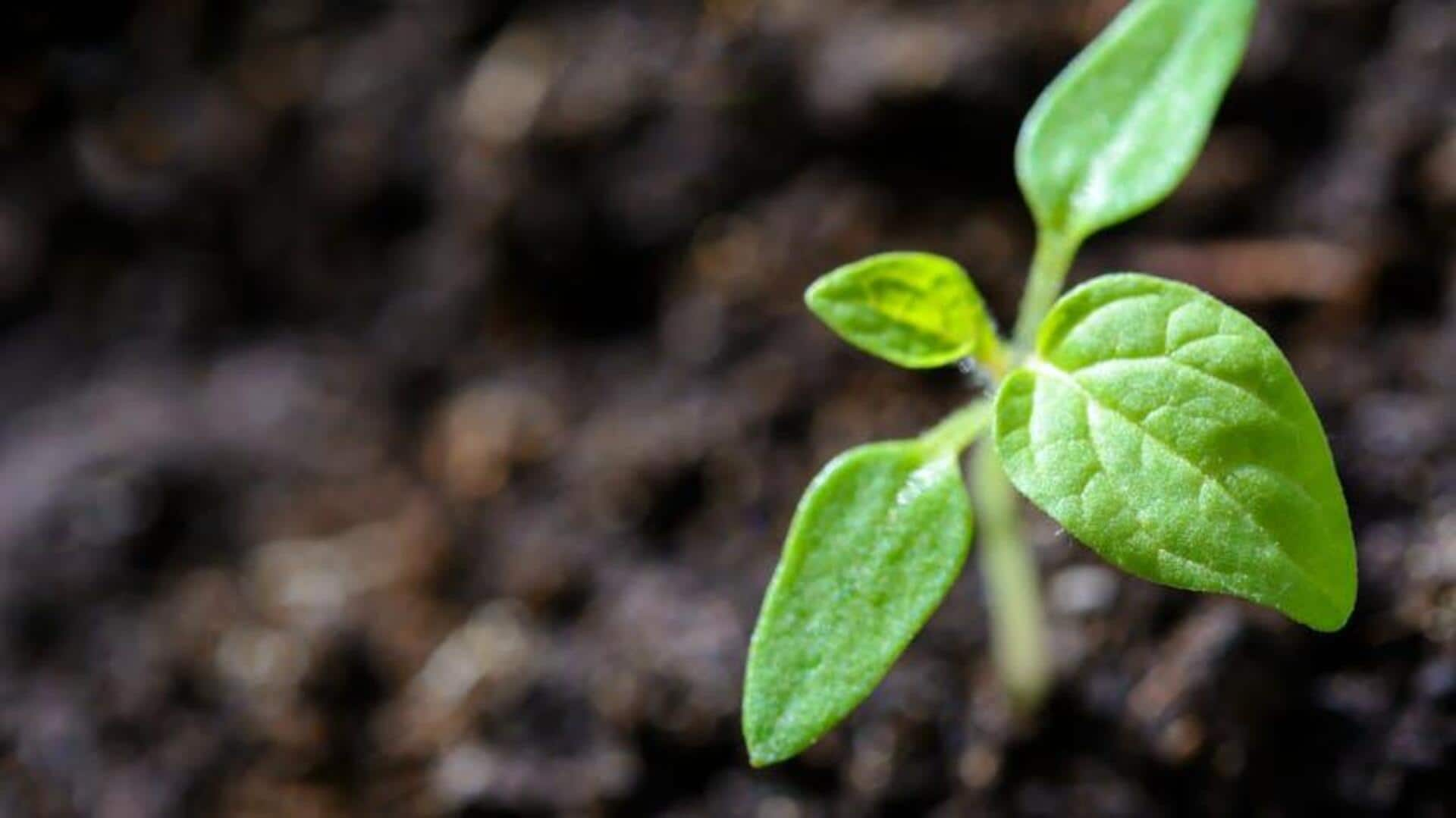
5 tips to prevent waterlogging in your garden
What's the story
Improving soil drainage is key to keeping plants healthy and avoiding waterlogging. Poor drainage may lead to root rot and other plant diseases. Luckily, there are natural ways to improve soil drainage without turning to chemicals. These methods not only improve the soil's structure but also contribute to a healthier ecosystem in your garden. Here are five effective ways to naturally improve soil drainage.
Organic boost
Add organic matter
Adding organic matter, such as compost or well-rotted manure, into the soil can greatly improve its ability to drain. Organic matter improves soil structure by creating spaces for air and water to move, preventing compaction. It also improves the soil's ability to retain moisture while allowing excess water to efficiently drain. Regularly adding organic matter can change heavy clay soils into more manageable, well-draining ones.
Elevated solution
Use raised beds
Raised beds are an excellent solution for improving drainage in compacted or poorly draining soil. By elevating the planting area, you allow the excess water to drain away more easily, reducing the risk of waterlogged roots. Raised beds also provide better control over the soil composition and temperature, promoting healthier plant growth. Constructing raised beds with wood or stone can be a practical way to manage challenging garden conditions.
Sandy mix
Incorporate sand or grit
Mixing sand/ grit into heavy soils improves texture and drainage. Sand particles create larger pore spaces in soil, allowing better water movement and reducing compaction risks. However, don't add too much sand as it may make the soil too dry during droughts. A balanced mix of sand with organic matter ensures optimal results in improving drainage without compromising moisture retention.
Green cover
Plant cover crops
Planting cover crops like clover or rye grass can naturally improve soil structure/drainage over time. These plants have deep root systems that break up compacted layers of earth, adding organic material back into the ground when decomposed (after being tilled under at season's end). This improves both aeration levels within your plot and nutrient availability throughout future growing seasons.
Water channels
Create swales or contour trenches
Swales are shallow trenches designed on contour lines across sloped landscapes. They are meant mainly for capturing rainwater runoff before it reaches lower-lying areas. This prevents pooling that might happen otherwise. Thus, they prevent erosion issues along with improving overall site hydrology. This is done through increased infiltration rates. The slowed-down flow velocities are caused by these strategically placed barriers. They act like mini-dams throughout one's property layout plan accordingly.